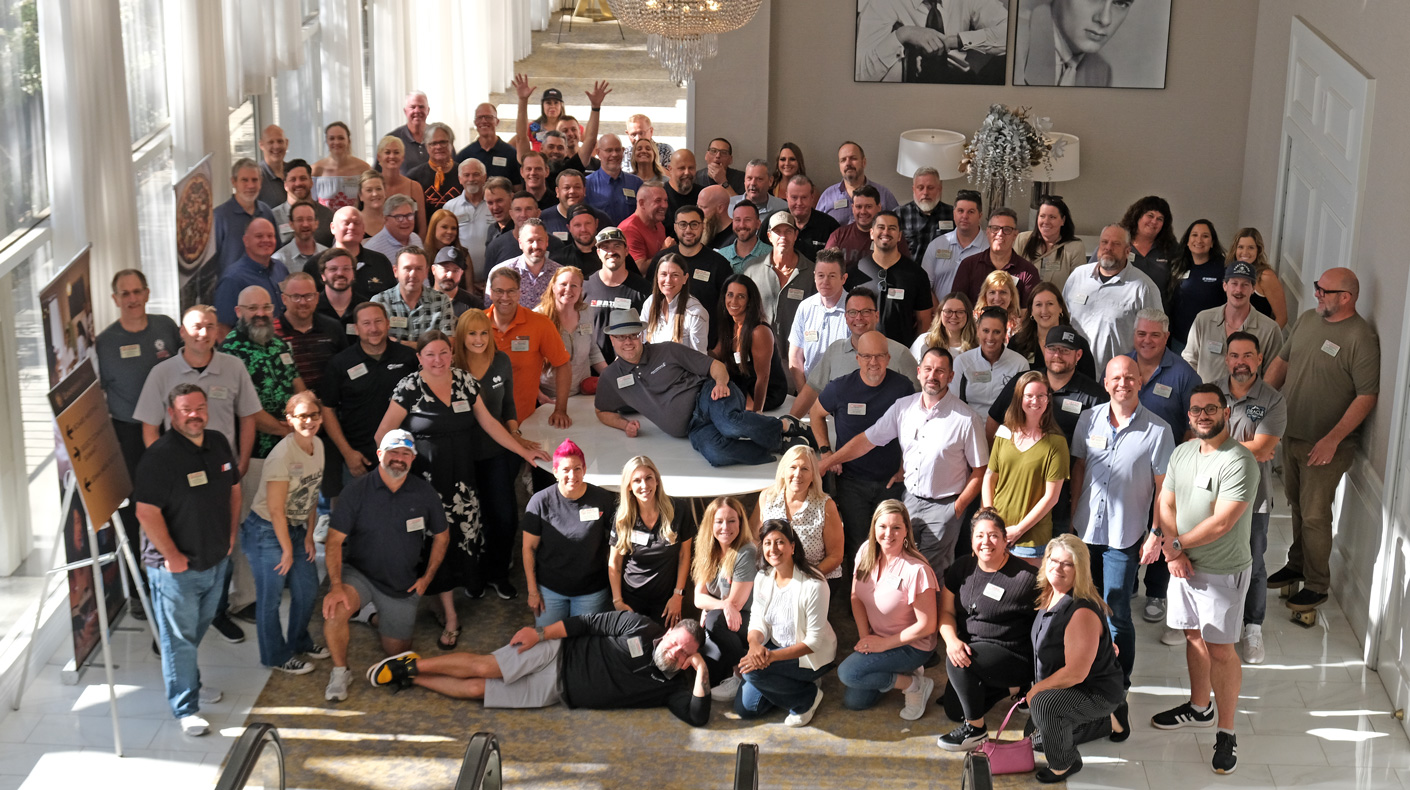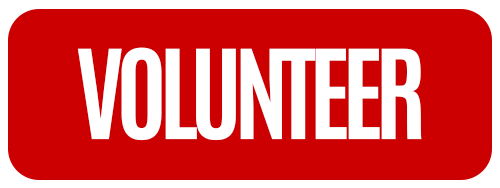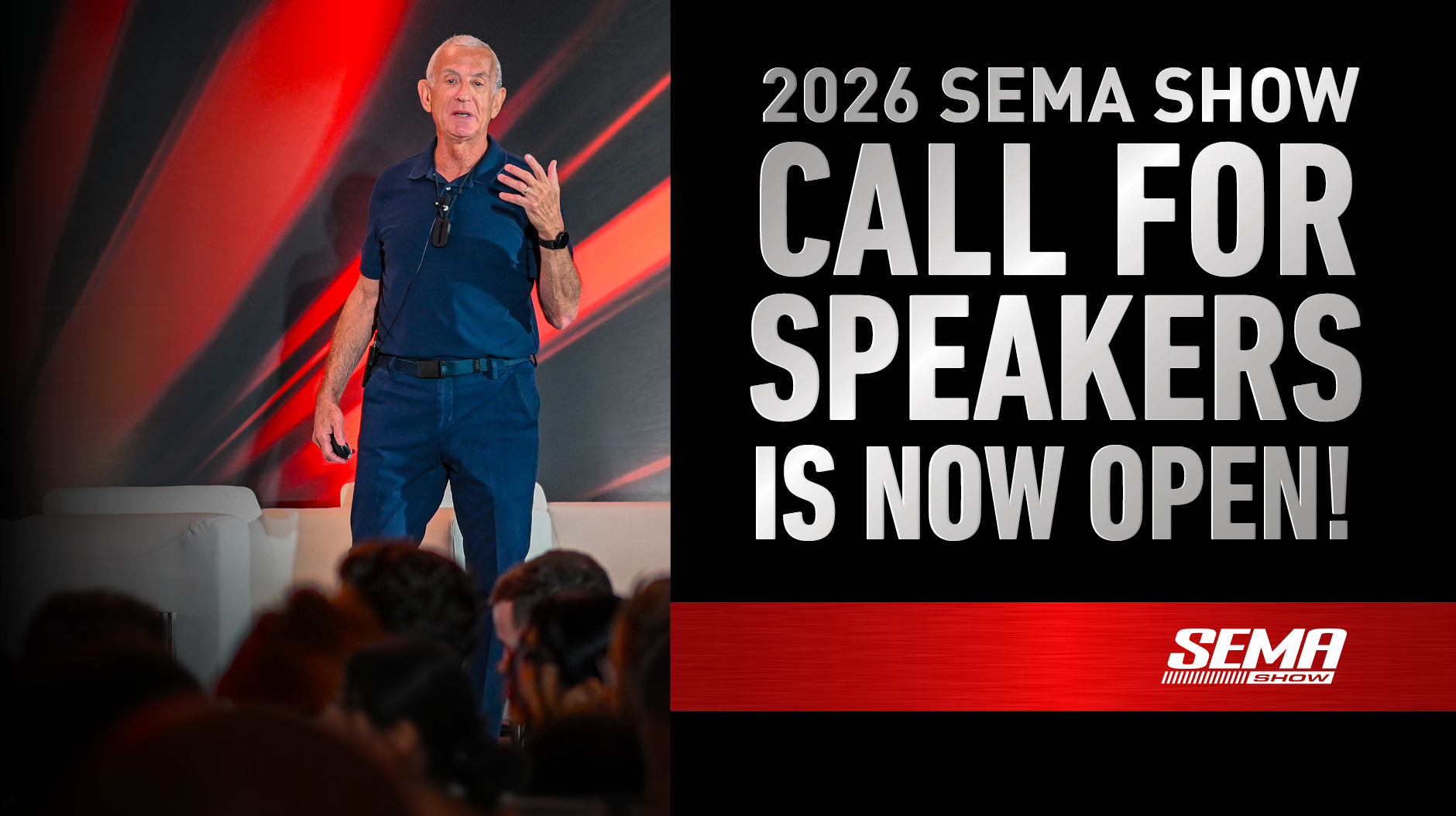By SEMA News Editors
Hemmings and San Francisco Artist Jeremy Fish Debut Limited-Edition Collaboration Celebrating California Car Culture
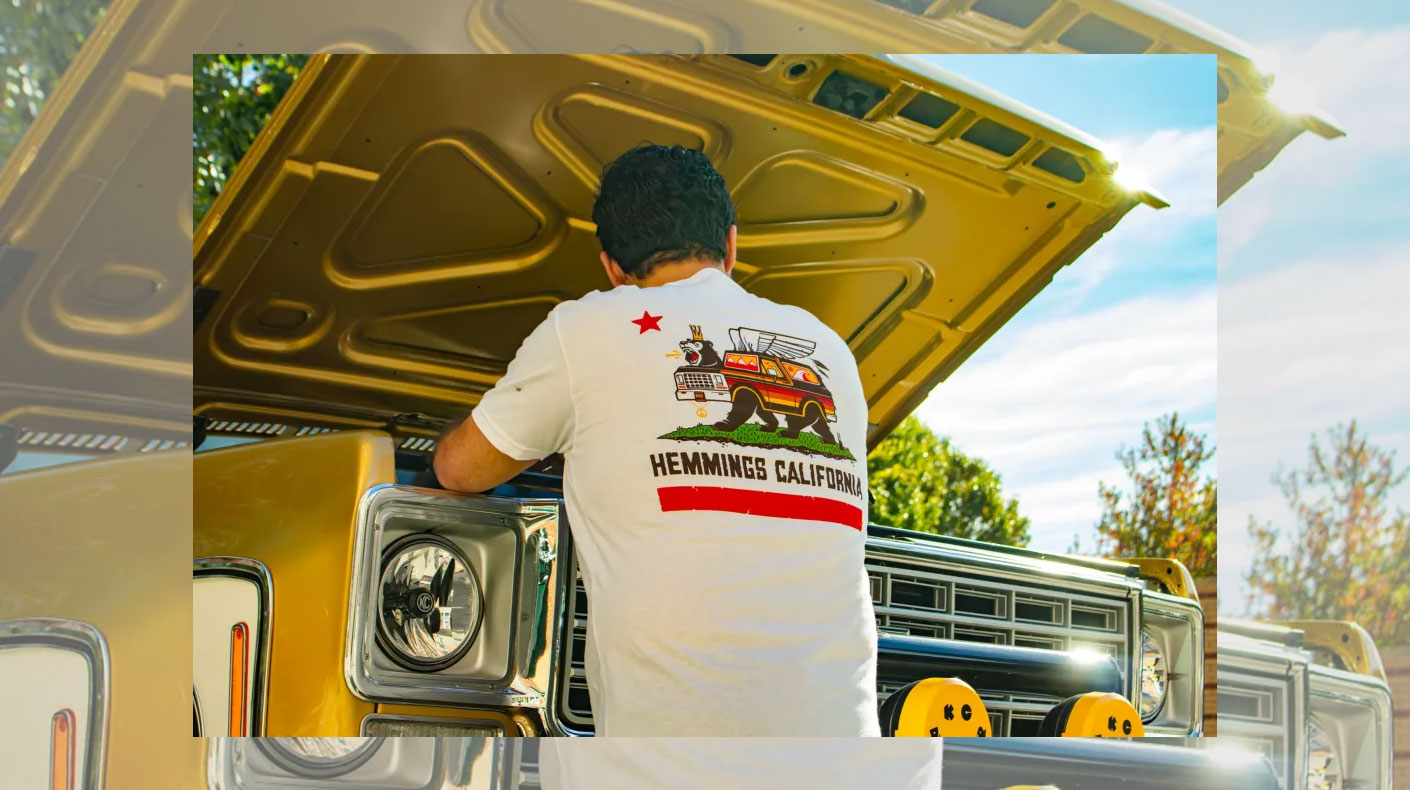
Hemmings, known as the world's largest online collector car marketplace, is entering new creative territory with its first artist collaboration. The company has partnered with San Francisco illustrator Jeremy Fish to design a limited-edition T-shirt and poster honoring California's deep connection to car culture.
"This illustration was inspired by my love and long-standing fascination with the volume of amazing classic cars that have survived in California," said Fish.
The design, debuted at the Hemmings Motor Club Rally in Paso Robles, blends California state flag motifs with a classic late-'70s Ford Bronco, reimagined in Fish's iconic style. The limited-edition design reflects Hemmings' commitment to bridging its more than 70-year legacy with contemporary culture and expanding its reach to new generations of enthusiasts.
"This collaboration marks an important moment for Hemmings," said Dan Stoner, creative director at Hemmings. "Jeremy's work captures the spirit of California in a way that speaks to both lifelong collectors and younger fans who are discovering classic cars for the first time. It shows how art and automotive culture can come together to celebrate tradition while creating something fresh."
Fish's appreciation for Hemmings runs deeper than the collaboration itself. In 2020, he discovered and purchased an exceptionally preserved '87 Toyota Corolla on the Hemmings marketplace—a Toronto import with fewer than 19,000 miles. "In my ongoing search, I found what may be one of the most immaculate daily-driver Corollas in the world," said Fish. "It's nice to have a 40-year-old car that's this reliable. I really appreciate Hemmings for making that kind of find possible."
Fish is a San Francisco–based illustrator and fine artist who has spent nearly three decades shaping the city's visual culture. His work spans galleries and museums worldwide as well as collaborations in skateboarding, streetwear, music and public art. Known for storytelling through a cast of whimsical yet eerie characters, Fish has earned notable honors, including San Francisco City Hall's first artist-in-residence in 2015 and Major League Baseball's inaugural artist-in-residence with the San Francisco Giants in 2024.
Hemmings' partnership with Fish represents a broader effort to connect the brand with the art, culture and lifestyle communities that fuel today's car culture.
The limited-edition T-shirt ($20 MSRP), poster ($10 MSRP; appears to be sold out at press time) and more Hemmings products are available at hemmings.com/store. To learn more about Jeremy Fish, visit sillypinkbunnies.com.
Chip Foose Invites Contest Entries to Restore Vehicle Lost to California Wildfires
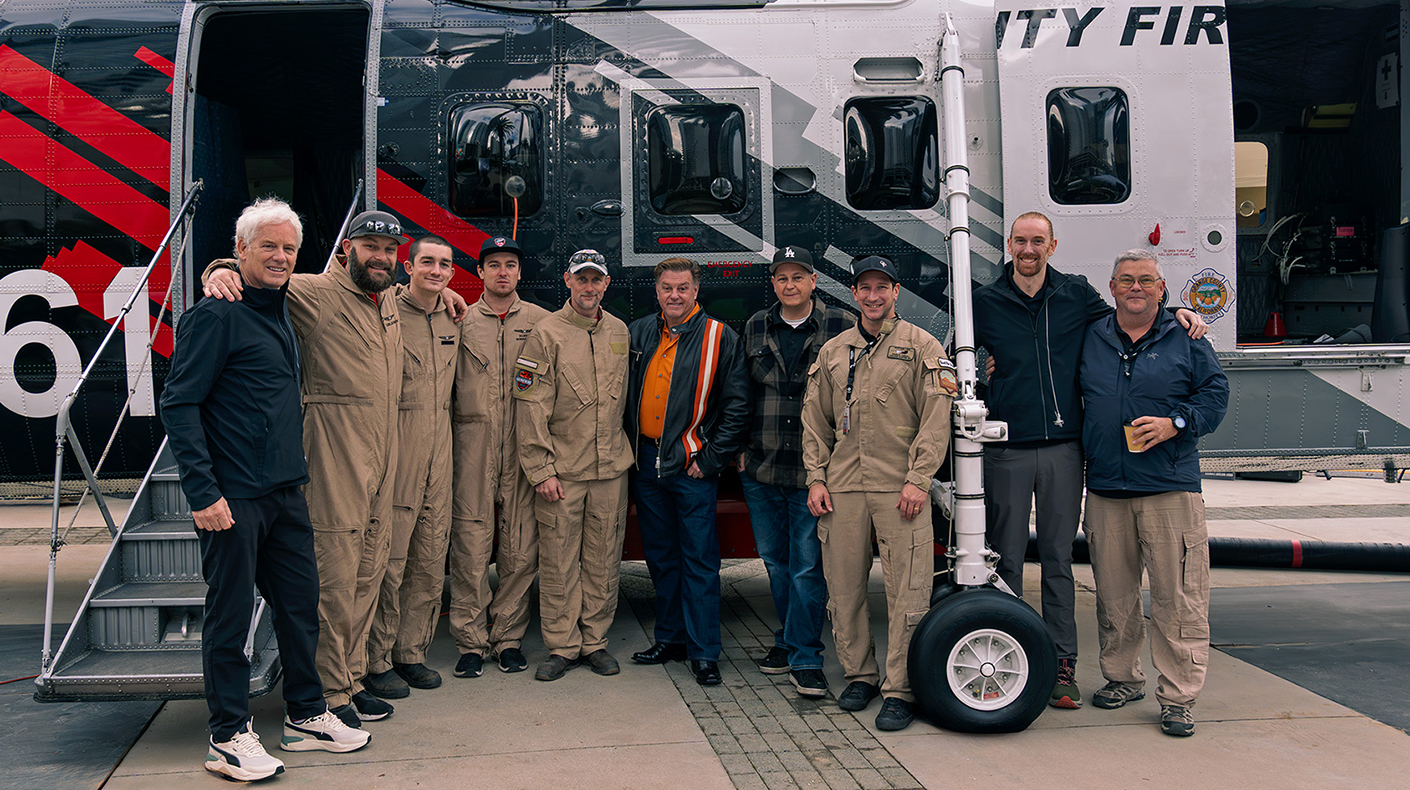
Coulson Aviation announced the launch of the Coulson Aviation Wildfire Vehicle Restoration Contest at the recent Los Angeles Auto Show.
The new initiative was created to support California wildfire survivors by restoring a vehicle damaged during the 2024–2025 fires. Automotive design icon and TV star Chip Foose joined Wayne and Britton Coulson on stage to reveal the program and personally invite affected residents to apply.
The contest will award one wildfire survivor a professionally restored vehicle, completed with guidance from Chip Foose and executed by Coulson Autosports. With up to $100,000 in parts and labor on offer, it's hoped the team can help return a valued vehicle to the road, whether it is a family heirloom, a daily driver or a significant car damaged by the fires.
"This is about helping someone rebuild something that mattered to them," said Foose. "Cars hold memories. They represent family, milestones and identity. Being part of a project that helps someone move forward after such a devastating loss is incredibly meaningful to me."
Coulson Aviation created the contest as an extension of its wildfire response mission. The company is best known for operating the world's largest aerial firefighting fleet, and its crews witnessed firsthand the personal toll wildfires took on the communities.
How to Enter
The contest is free to enter and open to California residents who were directly impacted by the 2024–2025 wildfires. Entrants are asked to submit photos and/or video of their damaged vehicle along with a short explanation of why the restoration matters to them.
Key dates include:
- Contest launch: November 20, 2025
- Final entry deadline: January 20, 2026
- Finalists selected: Late January 2026
- Public voting period: February 1-15, 2026
- Winner announced: March 1, 2026
- Vehicle reveal: 2026 Los Angeles Auto Show, or shortly after
Full contest rules and entry details are available at rise.coulsonaviation.com.
Arnold Magnetic Technologies Announces Supply Agreement With Less Common Metals and Solvay
Arnold Magnetic Technologies, a Rochester, New York-based manufacturer of high-performance magnets and precision components, announced a supply agreement with Less Common Metals and Solvay to secure a reliable source of high-quality, Western-origin rare earth materials for the production of advanced permanent magnets.
According to the company, the agreement signals Arnold's commitment to strengthening the rare earth supply chain and ensuring long-term stability for customers in aerospace, defense, automotive and energy markets.
These supply chain developments complement Arnold's ongoing capital investments in Switzerland and expanded manufacturing capabilities in Thailand, positioning the company to serve multiple markets worldwide in a commercially competitive fashion.
For more information, visit arnoldmagnetics.com.

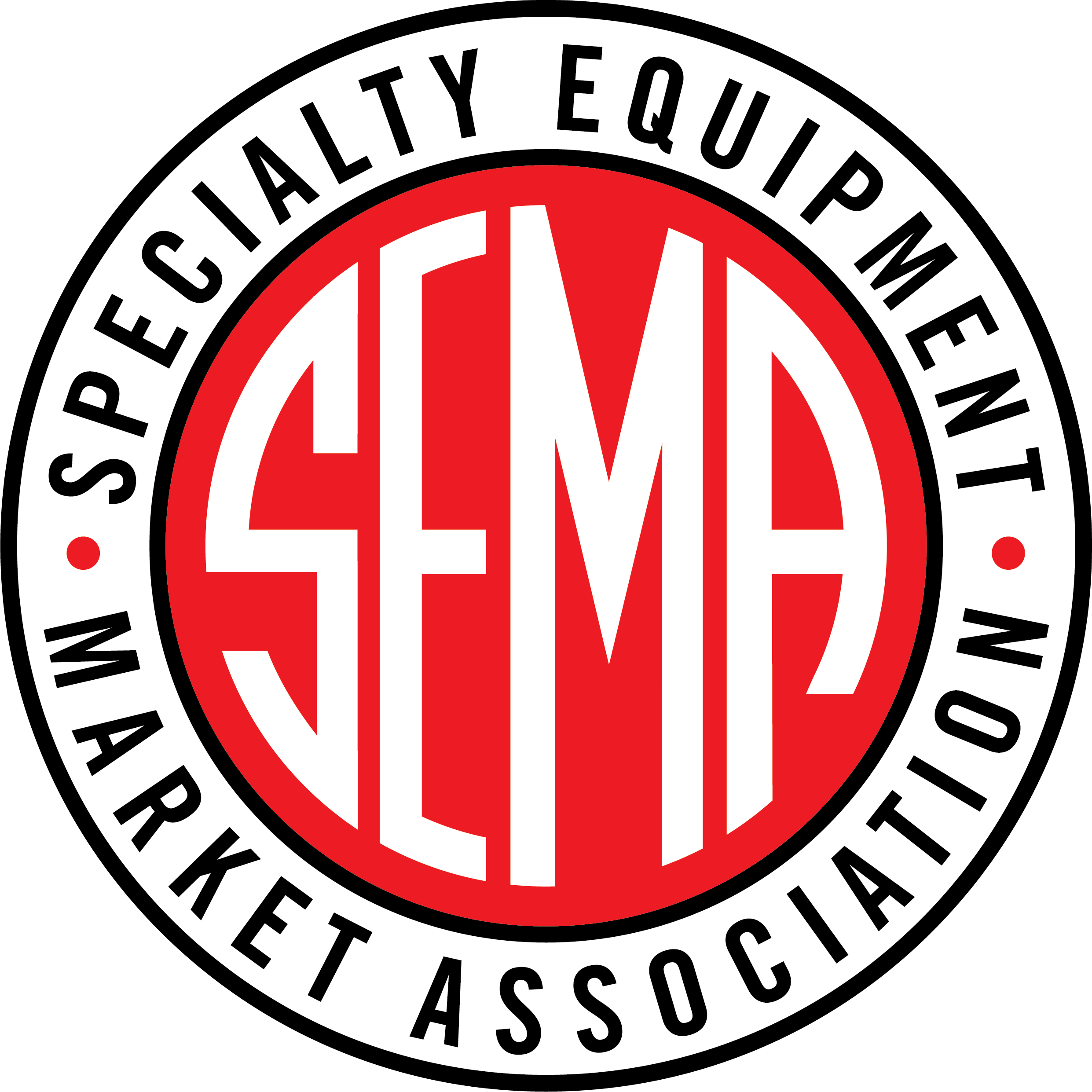


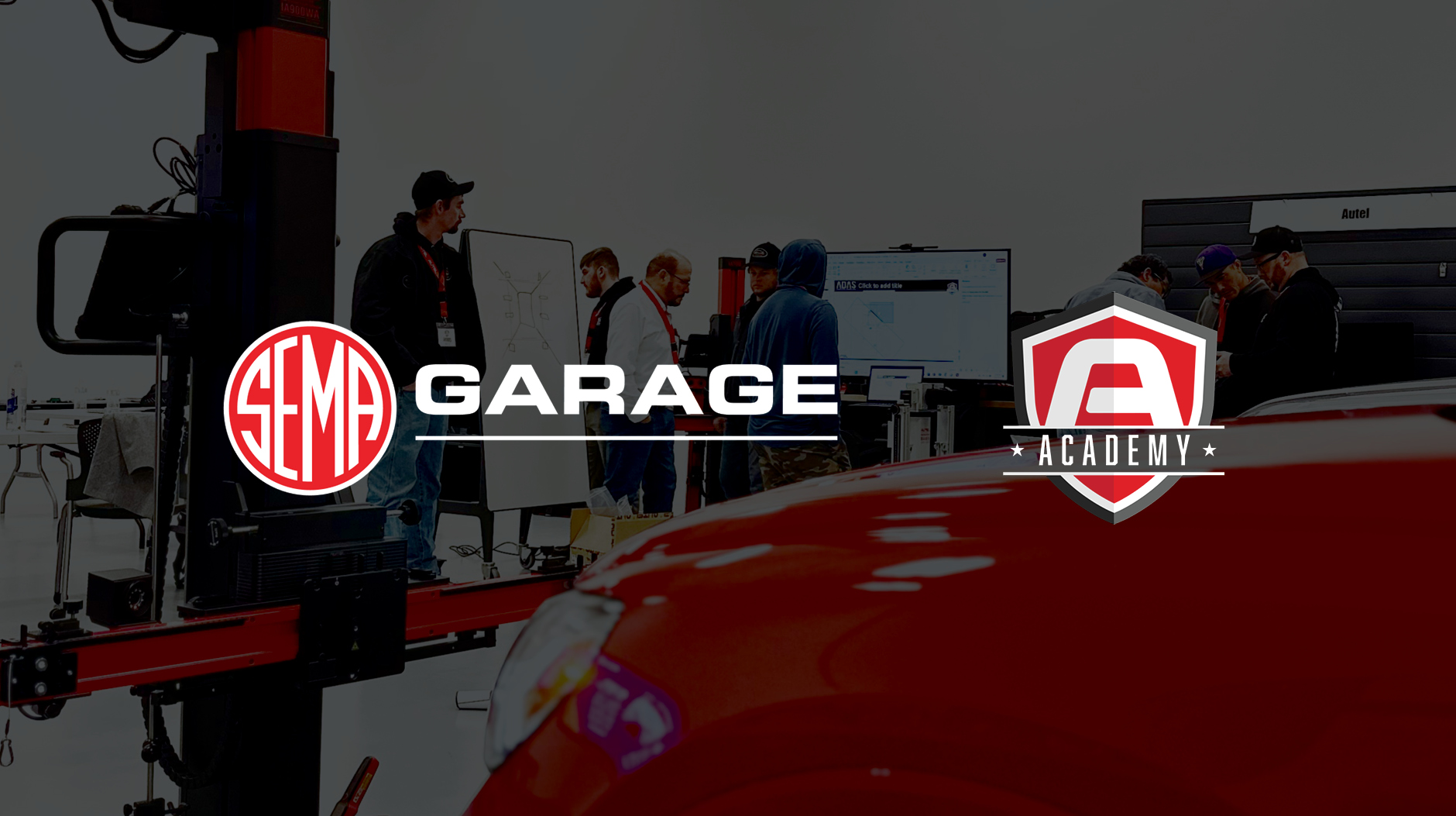
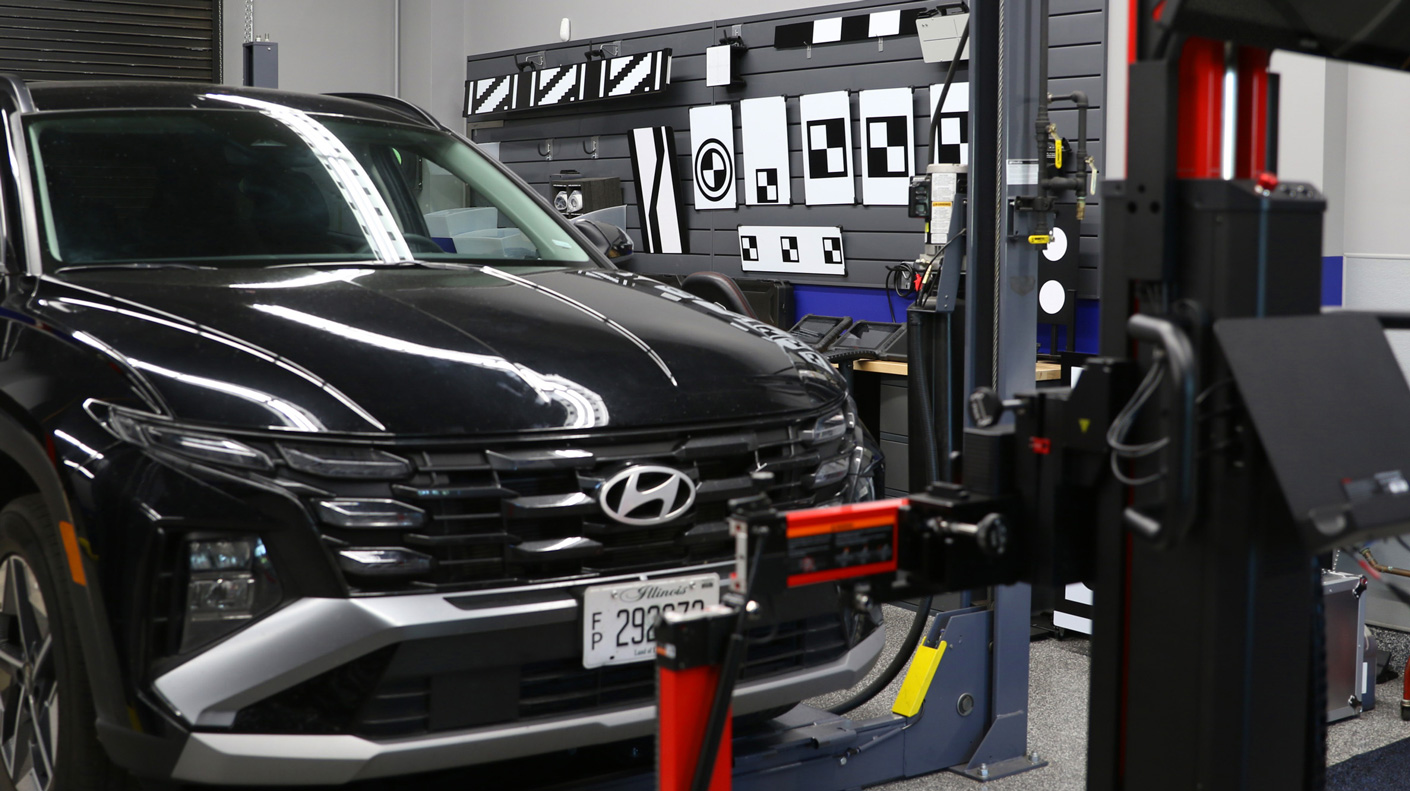
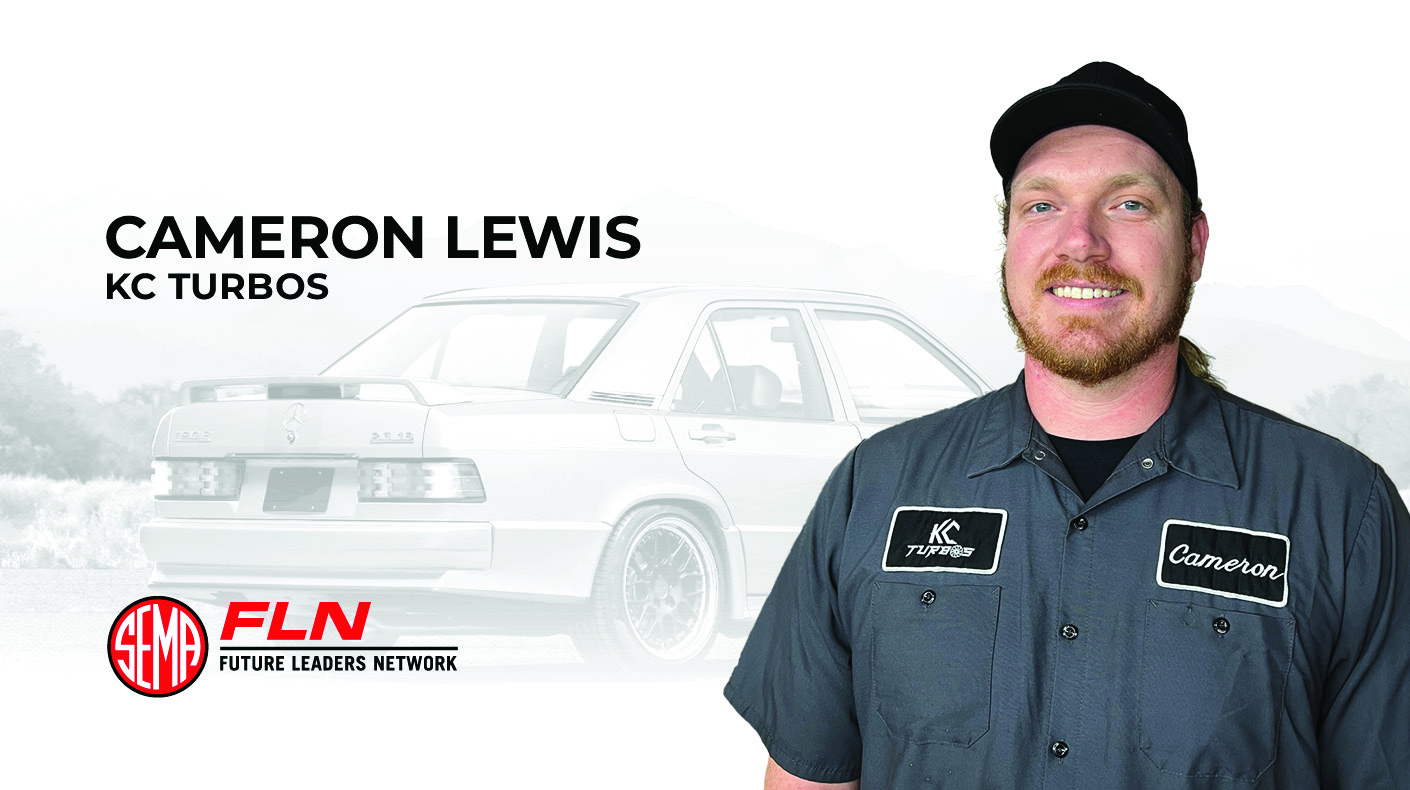
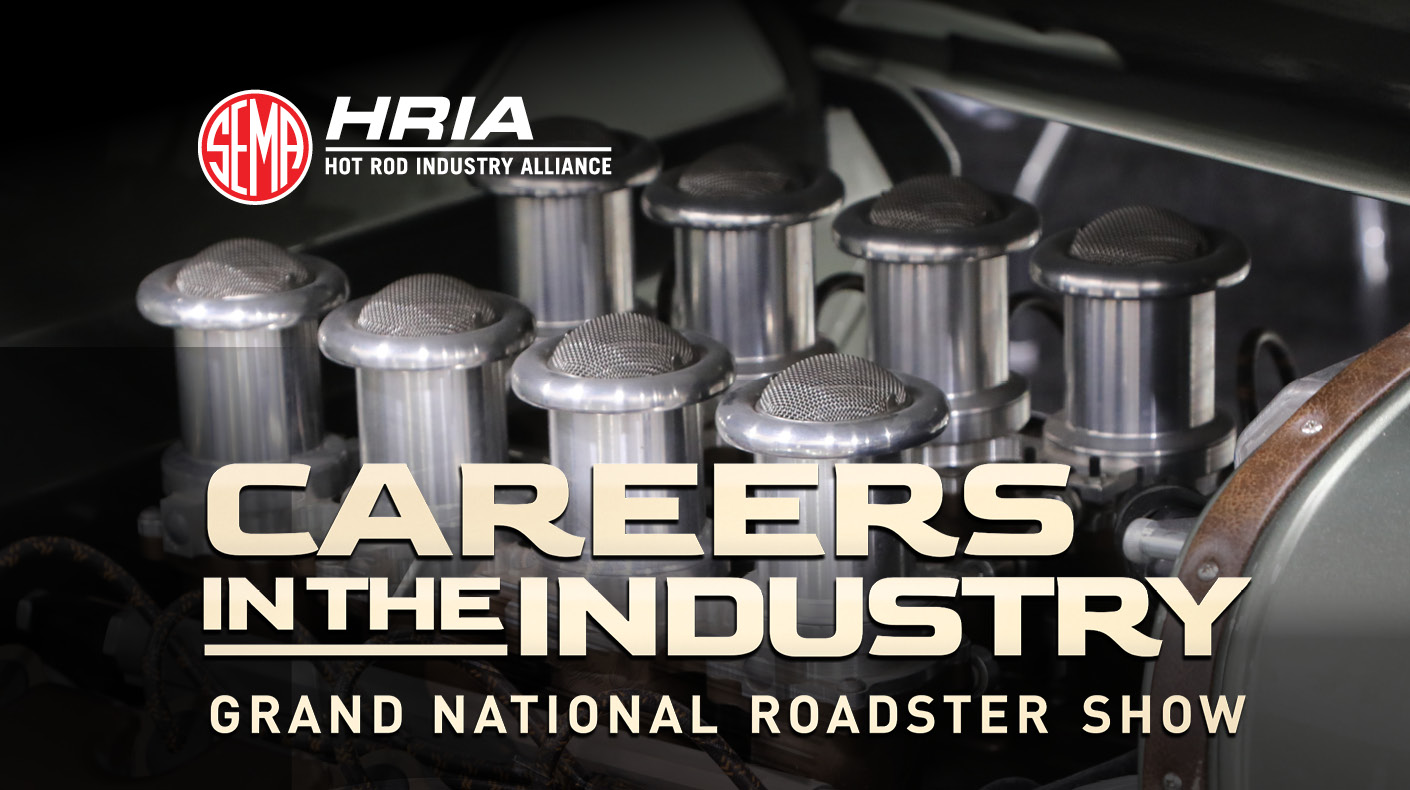

 The program combines tactical leadership sessions with emotional intelligence development, self-reflection and community building. Each segment of the agenda contributed to reshaping how I lead, influence and inspire others within my organization and industry.
The program combines tactical leadership sessions with emotional intelligence development, self-reflection and community building. Each segment of the agenda contributed to reshaping how I lead, influence and inspire others within my organization and industry.